Statistically Sound Machine Learning for Algorithmic Trading of Financial Instruments: Developing Predictive-Model-Based Trading Systems Using TSSB
$29.85
| Author(s) | , |
|---|---|
| Format |
|
| Pages |
542 |
| Publication Year |
2013 |
Statistically Sound Machine Learning for Algorithmic Trading of Financial Instruments is a tutorial, with instruction organized from easy to sophisticated. If the reader just skims through the entire text, hoping to gain an idea of how to use the TSSB program, the reader will be hopelessly dismayed by the vast complexity of options. The correct approach is to begin with the first, very simple example and implement it. Then progress to the next, and so forth. Each example builds on experience gained from prior examples. In this way, the reader will painlessly become familiar with the program.
Introduction:
Many people who trade financial instruments would like to automate some or all of their trading systems. Automation has several advantages over seat-of-the-pants trading:
- Intelligently designed automated trading systems can and often do outperform human-driven systems. An effective data-mining program can discover subtle patterns in market behavior that most humans would not have a chance of seeing.
- An automated system is absolutely repeatable, while a human-driven system is subject to human whims. Consistency of decision-making is a vital property of a system that can consistently show a profit. Repeatability is also valuable because it allows examination of trades in order to study operation and perhaps improve performance.
- Most properly designed automated trading systems are amenable to rigorous statistical analysis that can assess performance measures such as expected future performance and the probability that the system could have come into existence due to good luck rather than true power.
- Unattended operation is possible.
Automated trading systems are usually used for one or both of two applications. TSSB is a state-of-the-art program that is able to generate trading systems that perform both applications:
- TSSB produces a complete, stand-alone trading system which makes all trading decisions.
- TSSB produces a model which may be used to filter the trades of an existing trading system in order to improve performance. It is often the case that by intelligently selecting a subset of the trades ordered by an existing system, and rejecting the other trades, we can improve the risk/reward ratio. TSSB can also suggest position sizes according to the likelihood of the trade’s success.
Contents:
- A Simple Standalone Trading System
- A Simple Filter System
- Common Initial Commands
- Reading and Writing Databases
- Creating Variables
- Screening Variables
- Models 1: Fundamentals
- Models 2: The Models
- Committees
- Oracles
- Testing Methods
- Permutation Training
- Transforms
- Complex Prediction Systems
- Graphics
- Finding Independent Predictors
- Market Regression Classes
- Developing a Stand-Alone System
- Trade Simulation and Portfolios
- Integrated Portfolios
Statistically Sound Machine Learning for Algorithmic Trading of Financial Instruments: Developing Predictive-Model-Based Trading Systems Using TSSB By David Aronson, Timothy Masters pdf
Only logged in customers who have purchased this product may leave a review.

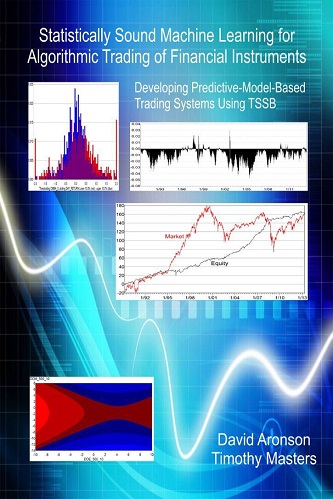
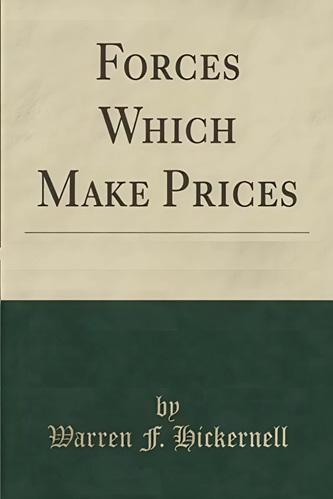
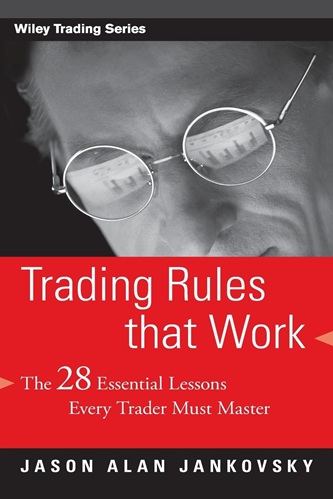
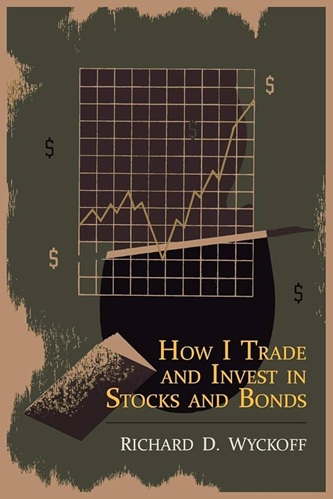
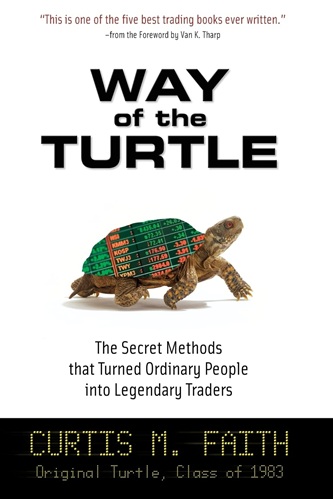
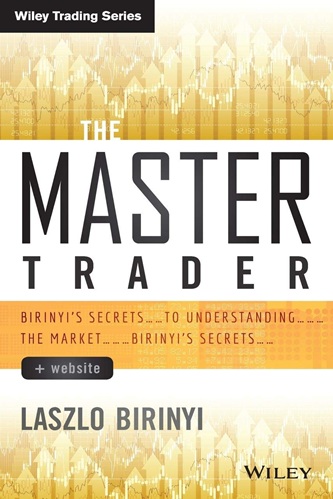

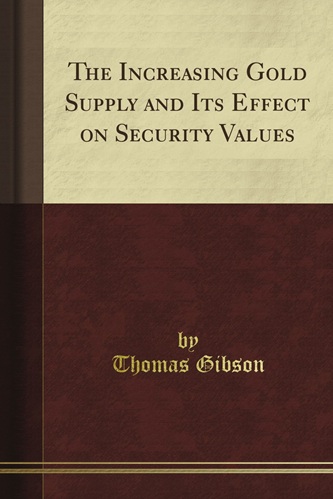

Reviews
Clear filtersThere are no reviews yet.